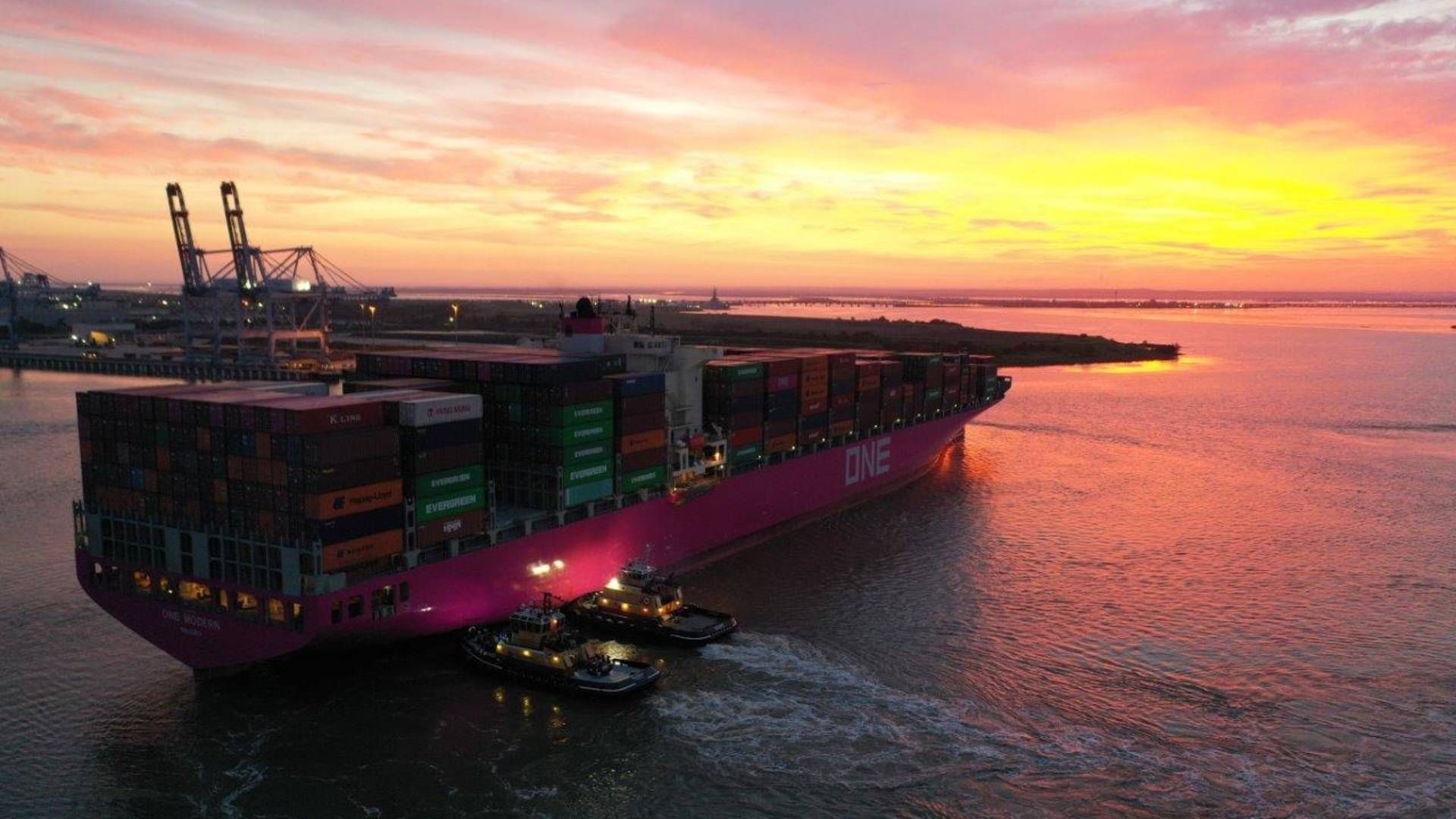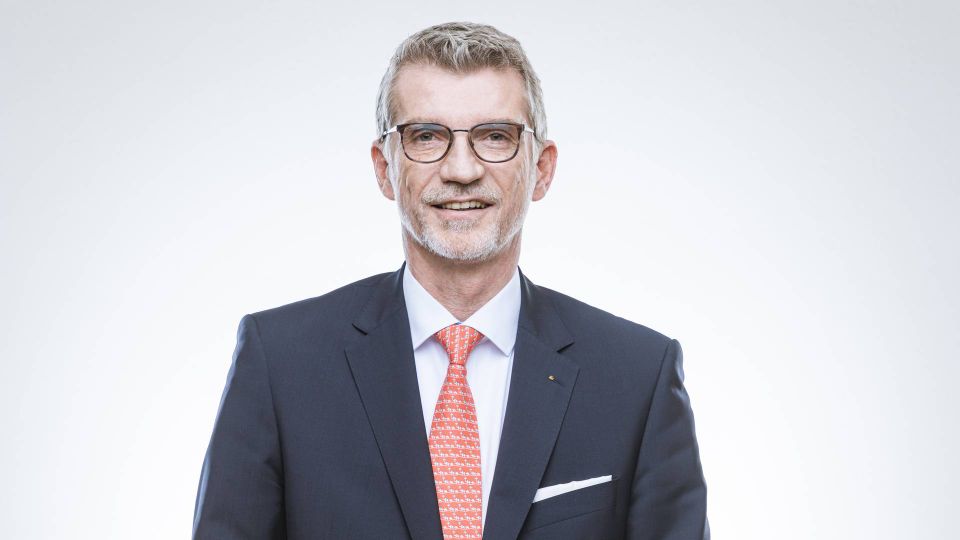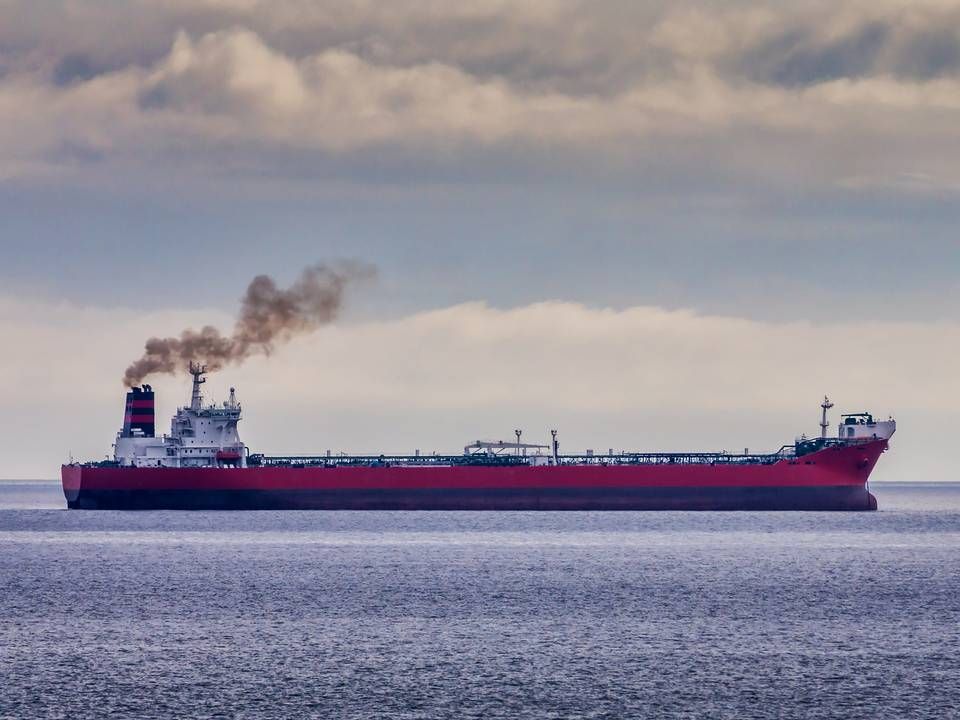New CO2 regulation makes demands on ONE's and Hapag-Lloyd's fleets

Japanese container carrier Ocean Network Express (ONE) expects that some of its vessels will be categorized in the lower ratings of the upcoming CO2 regulation known as CII (Carbon Intensity Indicator).
”We think some vessels may be classified in the lower categories after the implementation of the CII regulation,” a ONE spokesperson tells ShippingWatch.
As previously reported by ShippingWatch, numbers from Maersk Broker Advisory Services show that 55 percent of the world’s container fleet will scrape the bottom in terms of CII categories.
CII, which is a product of the International Maritime Organization (IMO), will come into force in January 2023. The regulation calculates a ship’s carbon intensity and classifies it into categories ranging from A to E. If a vessel is categorized as a D vessel for three years in a row, or as an E vessel for a single year, an action plan is required, detailing how an improvement is to be done.
In connection to this, ONE states that it continuously pursuits improvement of its fuel efficiency in order to comply with the IMO regulations.
”In addition to that [improve fuel efficiency, -ed.], we will invest and upgrade our fleet as well as new technologies,” a ONE spokesperson explains.
Limited formula
At German container carrier Hapag-Lloyd, Richard von Berlepsch, Managing Director Fleet, tells ShippingWatch that the company takes CII seriously and ”support the intent to reduce greenhouse gas emissions,” but the carrier also says it sees clear limitations to the current formula.
Von Berlepsch gives an example of this by describing that a vessel in the West and East African trade will spend significant time waiting for berth due to limited infrastructure, and could thus get the lowest E rating, even though waiting for berth produces ”much lower emissions than during sailing.”

Despite this, the container carrier is aiming for a classification of C or better for its vessels.
”However, as described, this will depend very much on schedules and waiting times outside congested ports. Technical adjustments and optimization of schedules are a matter of course and will be made. With the current calculation formula, however, it will be rather challenging,” he states.
Hapag-Lloyd is not the only carrier or industry player that has expressed its frustration with the calculation method of CII – AER – which is the metric to measure CII of choice as it’s already compatible with the EU MRV system.
Engebret Dahm has previously told ShippingWatch that the regulation will have the opposite effect and lead to less efficient shipping, since it does not take cargo into account and will thus promote ballast water voyages. Bimco Deputy Secretary-General Lars Robert Pedersen also believes it will lead to less efficiency, as does Lloyd’s Register.
Currently, Hapag-Lloyd is examining numbers from analyses of its fleet performance over the last few years to assess to what extent the carrier will have to make changes to schedules and ship technology.
Speed reductions
Facing the day when the regulation comes into force in less than a year, both carriers have thoughts on how it will affect the market.
That more than half of the global fleet can end up in the lower categories may indeed become a factor impacting the market, according to ONE.
Hapag-Lloyd sees two overall scenarios.
”Ships will either have to sail much slower, which will lead to a higher demand for vessels, or we will be faced with an increased demand for conversions of existing ships or for newbuilds powered by alternative fuels,” von Berlepsch says, adding:
”Without an infrastructure for such alternative fuels, it will be very difficult though. We recognize that there is still much to be done to secure the supply of alternative fuels so that decarbonization in shipping can move forward.”
IMO is trying to introduce CO2 rules that virtually everyone in shipping disagree with
Most container vessels scrape the bottom of new CO2-regulation
Bimco and ICS disagree on impact of IMO’s new climate regulation
Lloyd’s Register says IMO’s new CO2 calculator penalizes efficiency




















